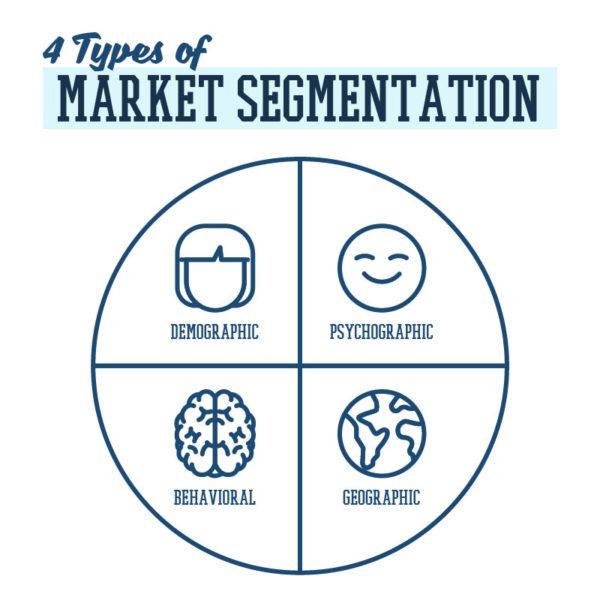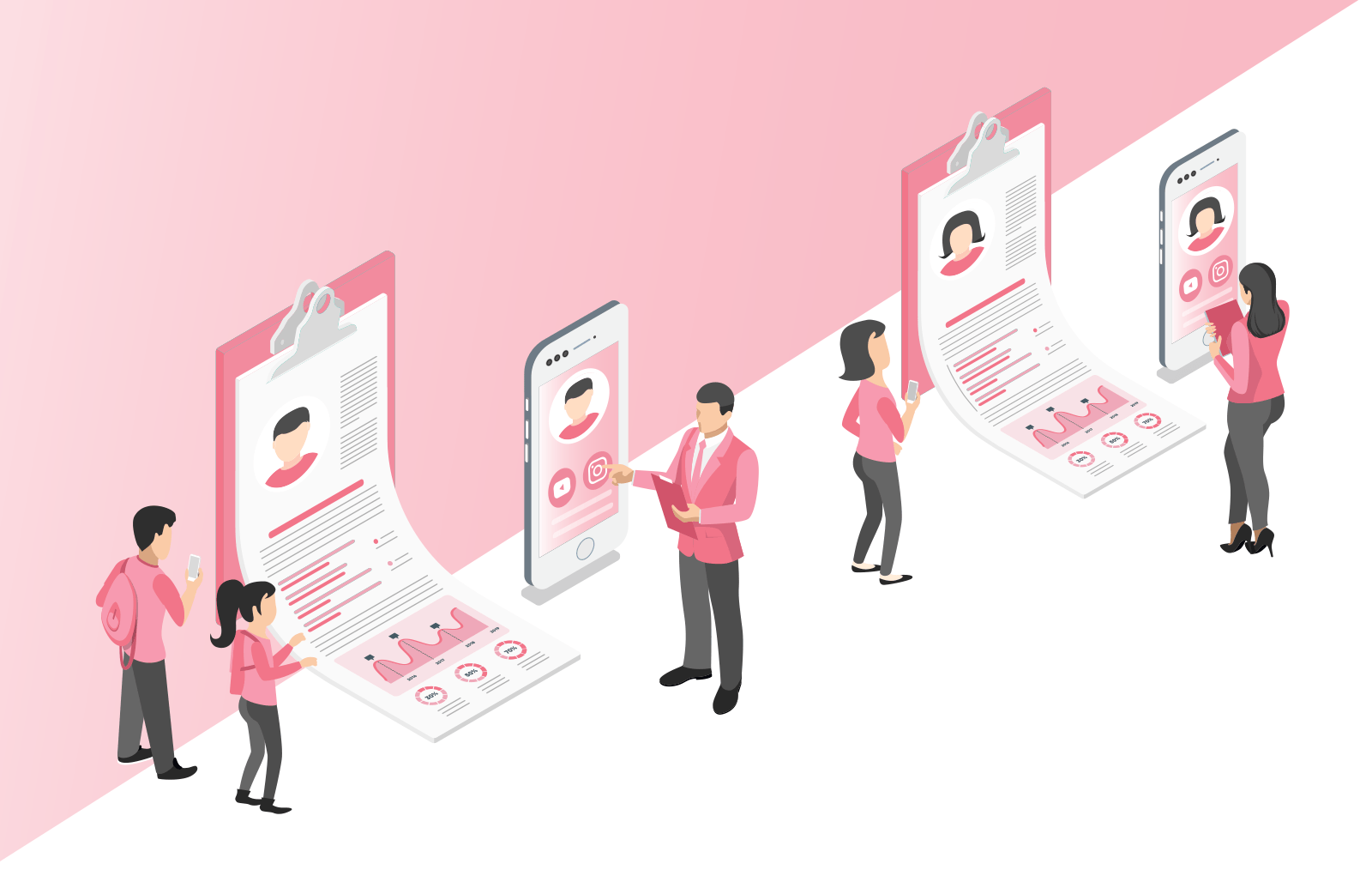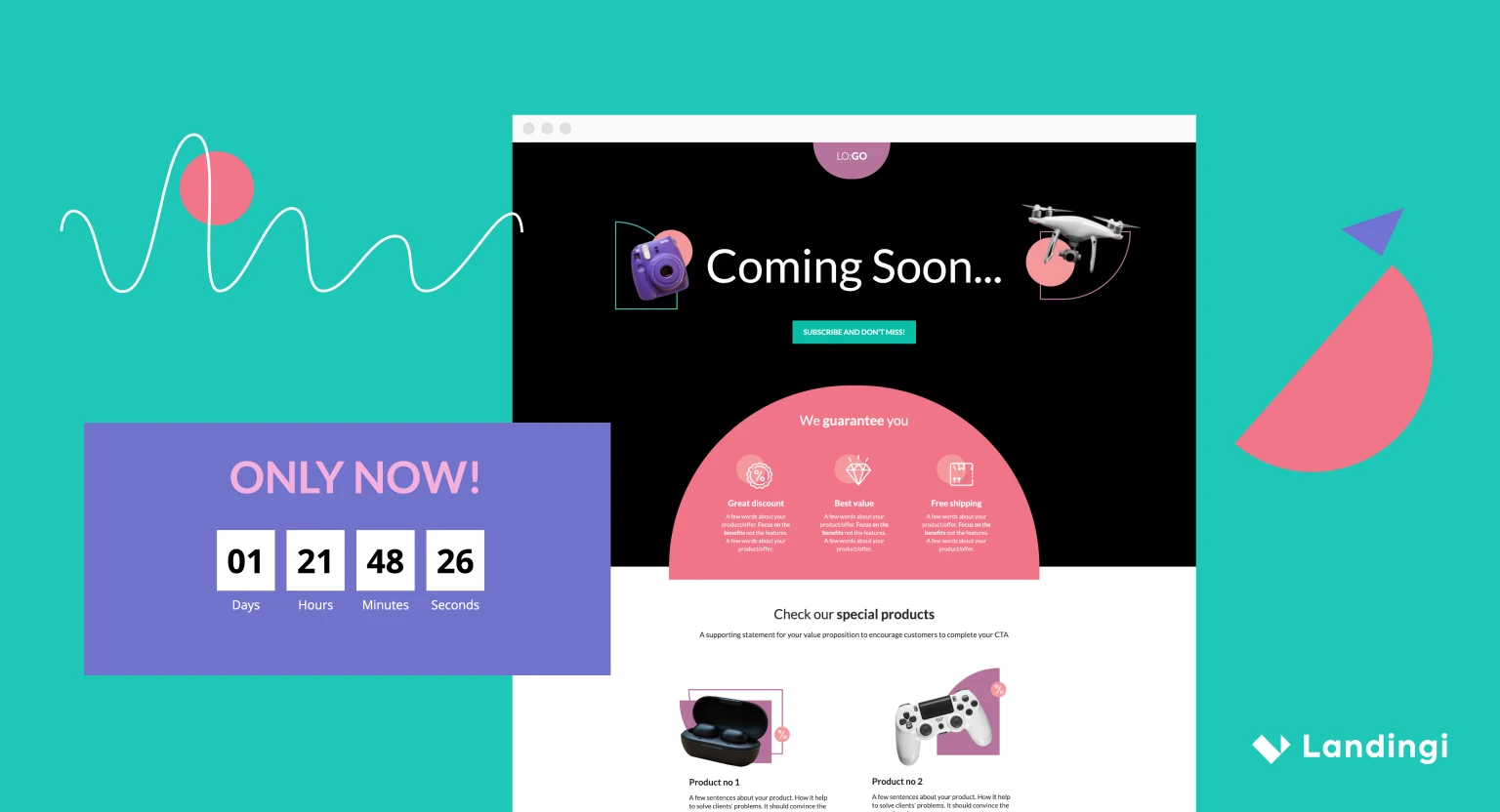Market segmentation is one of the most effective tools that can help in improving marketing strategy and developing products. What is market segmentation definition and what are the benefits of using it?
Market segmentation is one of the most efficient tools for marketers to cater to their target group. It makes it easier for them to:
- personalize their campaigns,
- focus on what’s necessary,
- group similar consumers to target a specific audience in a cost-effective manner.
Market segmentation has been used by marketers since the late 1900s. Simple though it may be, it is of vital use to forming any marketing plan.
Market segmentation has been used by marketers since the late 1900s.
Click to tweet
Market segmentation is one of the most valuable and powerful tools for marketers and business owners used for catering target audience with appropriate content? What is more, according to Hubspot article:
- marketers usually segment audience into 3 segments and create more personalized content for each segment. 3 audience segments are the most common division, and 83% companies use at least basic email segmentation,
- 75% – this is how much more likely it is that recipients will click on segmented campaigns rather than non-segmented ones,
- segmenting email lists and personalizing email campaigns are proved to be the most efficient tactics for 51% marketing influencers.
Numbers speak for themselves and it is quite obvious that market segmentation matters and, once implemented, should significantly impact on your digital marketing strategy.
Once you read this article you will learn:
- what is market segmentation – market segmentation definition,
- why you should implement market segmentation – benefits of market segmentation,
- how to adopt appropriate market segmentation strategy.
Make your sections smartable and let go of mundane manual tasks with Smart Sections! An easy way to manage bulk changes.
What is market segmentation?
Market segmentation definition
The market segmentation definition refers to is as an aggregation of potential customers likely to respond to a specific marketing action in a similar way into groups or segments with common needs, preferences or features. It allows companies and business owners to target different segments or categories of customers more precisely and, consequently, provide them with the full value of certain services and products in a different way from one another.
Types of market segmentation
Frankly speaking, there are unlimited possibilities of creating segments. It highly depends on the type of your business and your target audience. However, there are four basic ones. Note that you can create some niche segments out of them as well of course, so if a bright idea comes to your mind, don’t hesitate to go live with it.

Source: https://blog.alexa.com/types-of-market-segmentation/
Demographic segmentation
Demographic segmentation turns out to be one of the most used forms. Demographic market segmentation refers to splitting up audience by noticeable human differences. Such differences are, for example:
- age,
- gender,
- marital status,
- occupation,
- education level,
- income,
- race,
- nationality,
- religion,
- family size.
Since such data is easily accessible, demographic market segmentation is a relatively low-cost strategy.
Behavioral segmentation
Behavioral market segmentation refers to splitting audience by their behaviour, especially in regards to your products or services. By checking their behaviour on your sites you are able to create more personalized messaging and user experience for them. You can split your audience by:
actions taken on your website or landing page,
customer’s primary need,
online shopping habits,
usage rate,
loyalty.
Behavioral segmentation turns out to be highly effective as it directly relates to the way audience interacts with your brand, products or services.
Geographic segmentation
Geographic market segmentation refers to splitting your audience up by their location. It gives you an opportunity to adjust your marketing message to:
- country,
- state,
- county,
- zip code.
You can also segment potential customers by:
- climate,
- population density,
- specificity of their location (urban, suburban or rural).
This market segmentation strategy turns out ot be extremely helpful when advertising small local business or running a specific, niche business popular exclusively in certain parts of the world (like for example, baseball equipment wouldn’t sell much in Norway – but in the USA? For sure ;))
Psychographic segmentation
Psychographic market segmentation refers to splitting audience by human differences. Although similar to the demographic one, more emotional and mental characteristics should be taken into consideration here. Such features are usually more troublesome to spot when compared to the demographic ones, but understanding these aspects may help you with getting to know your audience’s motives, needs and preferences. You can segment potential customers by:
- personality traits,
- beliefs,
- lifestyles,
- attitudes,
- values.
As you can see, psychographic market segmentation enables you not only to tailor your marketing messages precisely to given groups, but also to improve your products and deliver to your customers exactly what they need.
Why should you implement market segmentation?

Source: https://www.businesswire.com/news/home/20191119005073/en/market-segmentation-%E2%80%98must-have%E2%80%99-business-Experts-Infiniti-explain
Market segmentation benefits
Discovering market opportunities
Once you decide to segment your audience, you are able to scrutinize various groups of customers and customer satisfaction from your products or services. Once you use this information properly, you have a great opportunity to launch new products that will both meet the requirements of your customers and suit their preferences perfectly.
Tailoring marketing activities
Market segmentation can significantly help you in making your marketing campaigns stellar and highly efficient. Segmenting audience into groups allows you to target the right people with the right message at the right time. The more personalized content you deliver, the higher the likelihood of response is.
Developing products and services
Market segmentation also assists in gauging the actual customers expectations in regards to your brand and business. You are able to determine unanimously what works best and what not so well. Therefore, you can easily improve your offerings relying on direct insights as well as make additions to them in order to deliver your clients the most appropriate items.
Fixing price
Fixing price is one of the most common kickers of fresh business owners or entrepreneurs. Should they fix it high to seem top-shelf or rather low in order to attract more people with affordable price? Adopting the appropriate pricing is crucial due to the price sensitivity of customers in every market. Luckily, by using market segmentation you may identify the right prices for target clients on various markets.
How to adopt appropriate market segmentation strategy?
Since you already know what exactly market segmentation definition is, what types of market segmentation exist and what benefits it may bring to your brand and to your business, it is about time to kick off with it all.
Adopting market segmentation strategy is closely linked to market segmentation types.
In order to adopt the appropriate strategy you need to take into consideration:
- what product or service you sell,
- on what market you operate,
- who is your target customer,
- what is the main benefit of your product for customers.
Once you answer and reflect on all the above questions, you should know which type of market segmentation will work best for you. If you dwell on decision, you can try splitting your audience into several segments: at first focus on demographic segmentation only, and then, once you get to know to know your audience better, move on to the psychographic one.
Summing up, market segmentation is a highly useful concept that can truly take your marketing strategy and product development to the next level. By segmenting your audience you increase the possibility of delivering the right message as well as gather valuable insights that help you improve your offering. All you need to do is to reflect on which segments would work best for your business, and start off.








